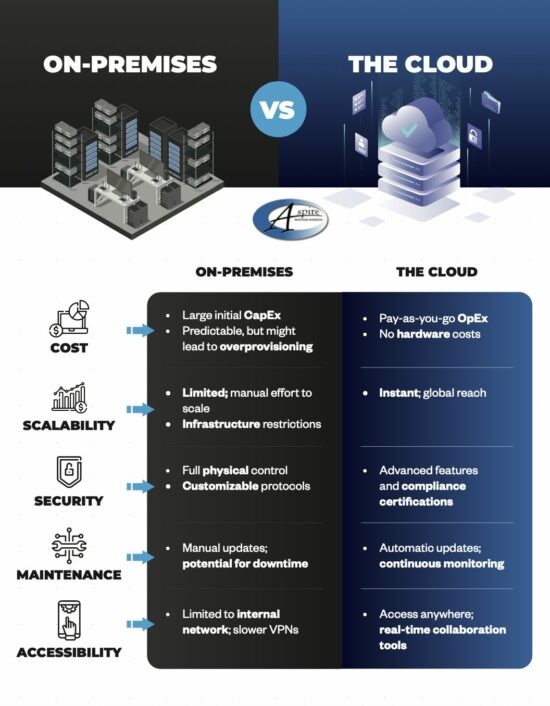The modern cyberthreat landscape is nothing to be trifled with, so it makes sense that as threats grow more powerful, so too do the solutions used to address them. Nowadays, there is a practice that is designed to address just how serious the threat of cybersecurity is: zero-trust IT. Let’s discuss these policies and how you might put them in place.
What is Zero-Trust?
Zero-trust is when the default action of an organization or business is to scrutinize every little detail about an individual’s access to its IT infrastructure, from hardware to software to the network connection. In order to gain access, users must authenticate themselves in a trustworthy and secure manner.
This might seem like a lot of work, and that’s because it is. A zero-trust policy is something that may take some time to implement, but it’s proven to decrease the number of security risks a company experiences over time. All aspects of access must be considered for zero-trust to remain effective.
Zero Trust is Surprisingly Simple to Deploy
When adopting zero-trust, you need to take the following steps:
Determine Your Goals for Your Zero-Trust Processes
The NIST, or National Institute of Standards and Technology, has determined that there are two goals behind zero-trust: prevent unauthorized access to a business’ data and resources, and control access so that it is as granular as possible. In other words, prevent unauthorized access and make access as transparent and stringent as possible.
Determine Your Most Important Data
To best protect your business, consider the data that’s most important for your operations and how you want to control access. This will be critical for ensuring your zero-trust strategy can be pulled off.
Determine How Prepared You are for Zero-Trust
Similarly, you will want to ensure that your network is prepared to handle the authentication required of zero-trust policies. Does it have the safeguards needed to ensure it remains secure? What about your endpoints, or the employees accessing them? Are their accounts secured, and are they following best practices? Consider all of these to make sure your policies are implemented correctly.
Determine What You Need to Do to Improve
If you know what you need to improve, there is a greater chance that you will use that knowledge to act. A general rule to follow for zero-trust IT policies is that nothing and no one should be trusted without first being authenticated, coupled with real-time monitoring.
Determine Monitoring Practices
Your real-time monitoring practices should continue even after initial implementation and well into the future so that you can always catch and mitigate potential threats.
Ultimately, a zero-trust policy is one of the best ways to approach network security for your business and its resources. To learn more about how we can help to facilitate the implementation of this type of policy, be sure to contact us at (469) 7-ASPIRE.


